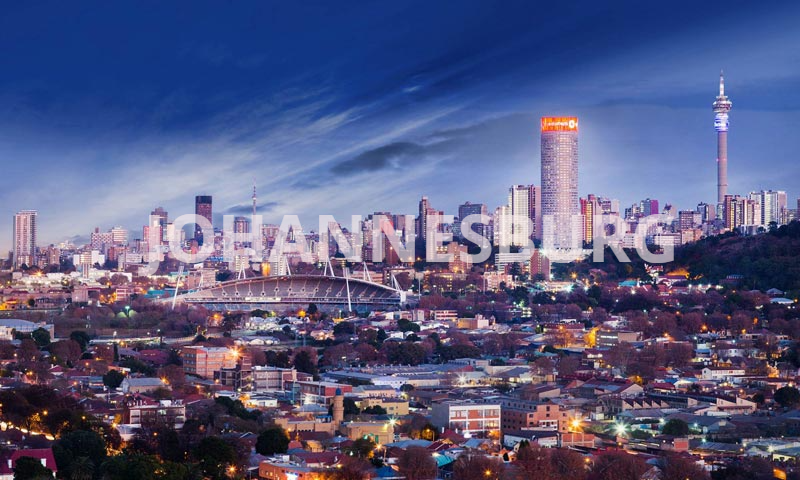Johannesburg, South Africa
Johannesburg, city, Gauteng province, South Africa. It is the country’s chief industrial and financial metropolis.
One of the youngest of the world’s major cities, Johannesburg was founded in 1886, following the discovery of gold. The city was initially part of the Transvaal, an independent Afrikaner, or Boer, republic that later became one of the four provinces of South Africa. Today the city is a part of Gauteng (a Sotho word meaning “Place of Gold”), one of the nine provinces of South Africa.
The geography of Johannesburg reflects nearly a century of racially driven social engineering that reached a climax under apartheid (literally “apartness”), the system of racial segregation in South Africa from 1948 to 1994. The result is a city of extraordinary contrasts, of glass and steel skyscrapers and fetid shantytowns, of internationally recognized universities and widespread illiteracy, of glittering abundance and desperate poverty. Pop. (2005 est.) urban agglom., 3,288,000.
The city site
Johannesburg is situated on the Highveld (see veld), the broad, grassy plateau that sweeps across the South African interior. The city bestrides the Witwatersrand, or Rand, a string of low, rocky ridges that constitutes the watershed between the drainages into the Indian and Atlantic oceans. The city’s elevation ranges from 5,700 to 5,930 feet (1,740 to 1,810 meters).
Aside from a few small streams and artificial lakes, Johannesburg lacks water. The city owes its location to the presence of an even more precious resource: gold. The city grew on the edge of the Witwatersrand Main Reef, a subterranean stratum of gold-bearing quartz-silica conglomerate that arcs for hundreds of miles beneath the Highveld. Most of the gold mines in the city ceased operation in the 1970s, but in its day the Witwatersrand gold industry accounted for more than 40 percent of the world’s annual gold production. Remnants of the industry—rusting headgear, towering yellow-white mine dumps, corpses of dusty Australian blue gum trees imported for underground timbering—still litter the landscape.
Climate
Johannesburg has a temperate climate. Summertime temperatures average about 75 °F (24 °C); winter temperatures average about 55 °F (13 °C) and only occasionally dip below freezing. The city enjoys about eight hours of sunlight per day in both winter and summer. Rainfall averages about 28 inches (700 millimeters) per annum, but the total varies considerably from year to year. Droughts are common. What rain the city receives falls almost exclusively in the summer months, often in spectacular late-afternoon electrical storms. Air pollution poses a significant problem, especially in the winter months, when thermal inversions impede the westward flow of air from the Indian Ocean. Pollution is most severe in the densely settled Black townships on the city’s periphery, where many residents still rely on coal for fuel.
The city layout
Central Johannesburg, the commercial and financial heart of South Africa, is laid out in a rectangular grid pattern that is unchanged from the first city survey in 1886. Streets are narrow and cast into shadow by high-rise concrete blocks, creating an almost tunnel like effect. Architecturally, the city is a hodgepodge, reflecting decades of rapid growth and a singular indifference to historic preservation. The tents and clay huts of the original mining camp are gone, as are most of the ornate, gabled Victorian edifices that sprang up in the 1890s. (Markham’s Building, on Pritchard Street, is a conspicuous exception.)
The early 20th century brought a variety of architectural styles and movements. Monumental Beaux Arts structures such as the Supreme Court building and the Johannesburg Art Gallery bespoke the city’s new status as an outpost of the British Empire, while massive, steel-reinforced concrete blocks such as Corner House, headquarters of one of South Africa’s leading mining houses, reflected the growing importance of American architectural techniques and idioms. American influence was even more apparent in the 1930s “skyscraper” movement, most notably in the 1937 ESKOM Building, a 21-story Art Deco tower built to evoke the vigor of New York City. (The ESKOM Building was torn down in 1983, joining a distinguished line of vanished landmarks.) Whatever architectural distinction the city had was lost in the decades after World War II amidst a sea of nondescript high-rise blocks.
Greater Johannesburg, an area of more than 200 square miles, comprises more than 500 suburbs and townships. Under the terms of the 1950 Group Areas Act, the cornerstone of urban apartheid (see below), each was reserved for a single “race group.” The act was repealed in 1991, but Johannesburg retains a high degree of racial segregation.
Black Africans can be found throughout the city, but the majority still live in “townships” on the urban periphery, essentially dormitory cities for Blacks working in the city. Alexandra township, a 20-square-block enclave carved out of Johannesburg’s white northern suburbs, houses a population of nearly half a million. At least three times that number live in Soweto (South-West Townships), a sprawling urban complex 10 miles southwest of the city. Johannesburg’s small Colored population (people of mixed race) clusters in townships west of the city, while the bulk of its Indian population (ethnic Asians: Indians, Malays, Filipinos, and Chinese) lives in Lenasia, a special “Asiatic” township built in the 1950s to accommodate Indians forcibly removed from the city center. The balance of the city is occupied by whites.
Accommodation varies in character and quality. Soweto is notorious for its endless rows of municipally built, two-room matchbox homes, yet it also has a few prosperous enclaves as well as teeming squatter camps, where tens of thousands live without water, electricity, or sanitation facilities. Black migrant workers, long the backbone of South Africa’s industrial labor force, are lodged in massive, single-sex hostels located close to the workplace or on the edge of Black townships. White accommodation varies from suburb to suburb. In western suburbs such as Brixton and Melville, middle-class whites live in the modest tin-roofed bungalows and semidetached homes that once housed the city’s white working class. Conditions are bleaker in neighboring suburbs such as Cottesloe, Vrededorp, and Booysens Reserve, home to most of Johannesburg’s white poor. More affluent whites live in the north, in leafy, established communities such as Houghton and Parktown, once the residence of South Africa’s mining magnates, or in any of a dozen newer suburbs. Northern suburban homes typically include large, flowering gardens and swimming pools. Most are surrounded by high fences.
The people of Johannesburg
About three-fourths of Johannesburg’s citizens are Black, fewer than one-fifth are white, and most of the remainder are Colored or Asian/Indian. Such figures, however, scarcely do justice to the city’s polyglot population. At least a dozen different languages are in widespread daily use in Johannesburg. The majority of the white population is of English and Afrikaans descent, but the city also includes substantial Portuguese, Greek, Italian, Russian, Polish, and Lebanese communities. The Black population includes representatives from every ethnic and linguistic group in southern Africa. All the world’s major religions are represented, though the majority of the people, both white and Black, are Christian. The most significant churches, in terms of numbers, are the “Zionist” churches—small, independent African sects that blend Pentecostal Christianity and indigenous ritual belief. Zionists, adorned in colorful robes, hold outdoor services all across the city on Sundays.
The economy
Commerce and industry
Johannesburg is a center of mining, manufacturing, and finance. All the mining houses are headquartered in the city, as is the Chamber of Mines, which regulates the industry. Local factories in Johannesburg and on the East Rand produce a great variety of goods ranging from textiles to specialty steels. A substantial engineering sector serves the needs of the mining industry. Virtually all the country’s banks, insurance companies, and building societies have their head offices in the city. The Johannesburg Stock Exchange, founded in 1887 to raise capital for deep-level mining, lists more than 600 companies.
While Pretoria, the South African capital, is only 40 miles to the north, most state ministries have offices in Johannesburg. Many foreign countries retain consular facilities, largely to service the needs of overseas firms, hundreds of which operate in the city.
Source:







